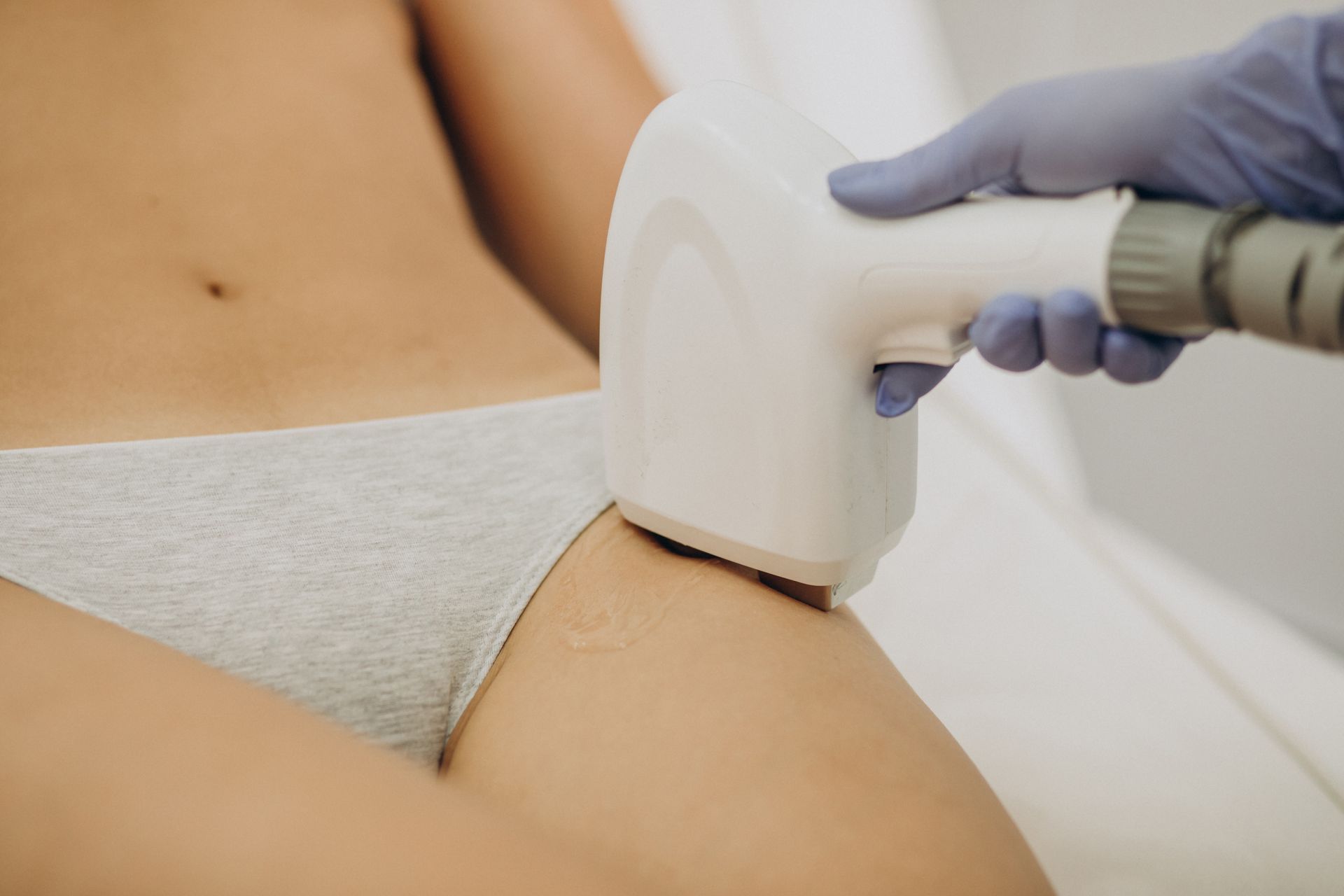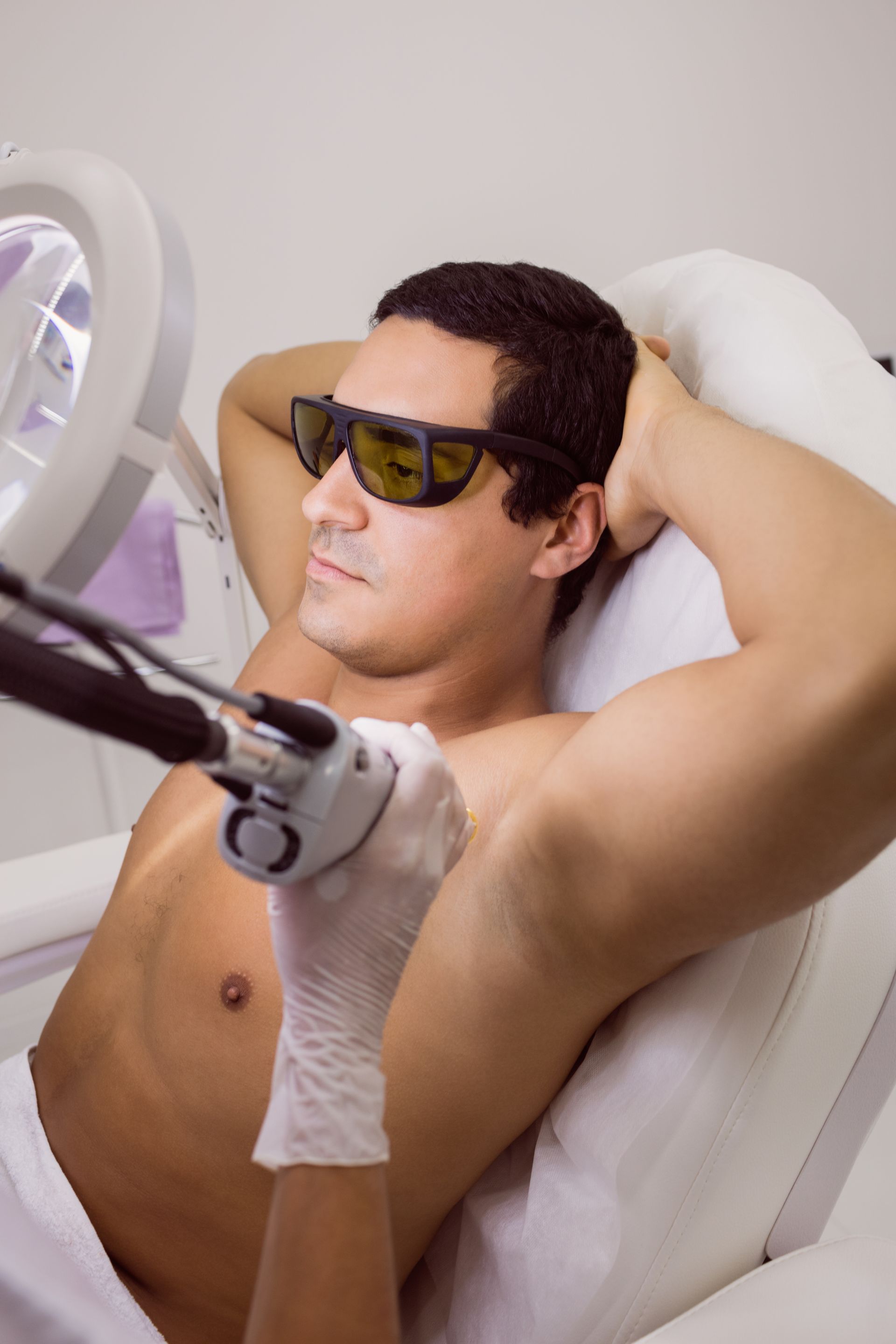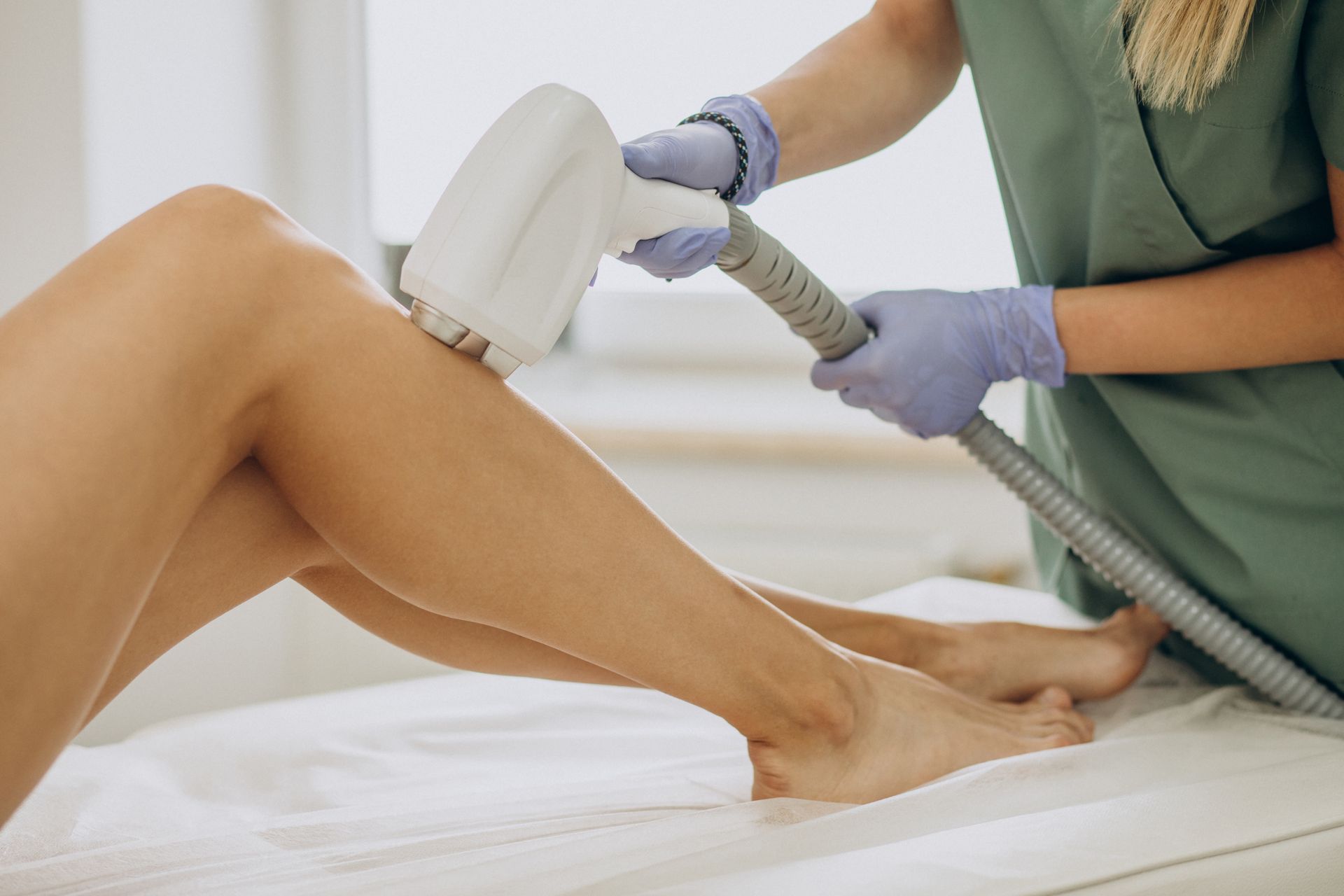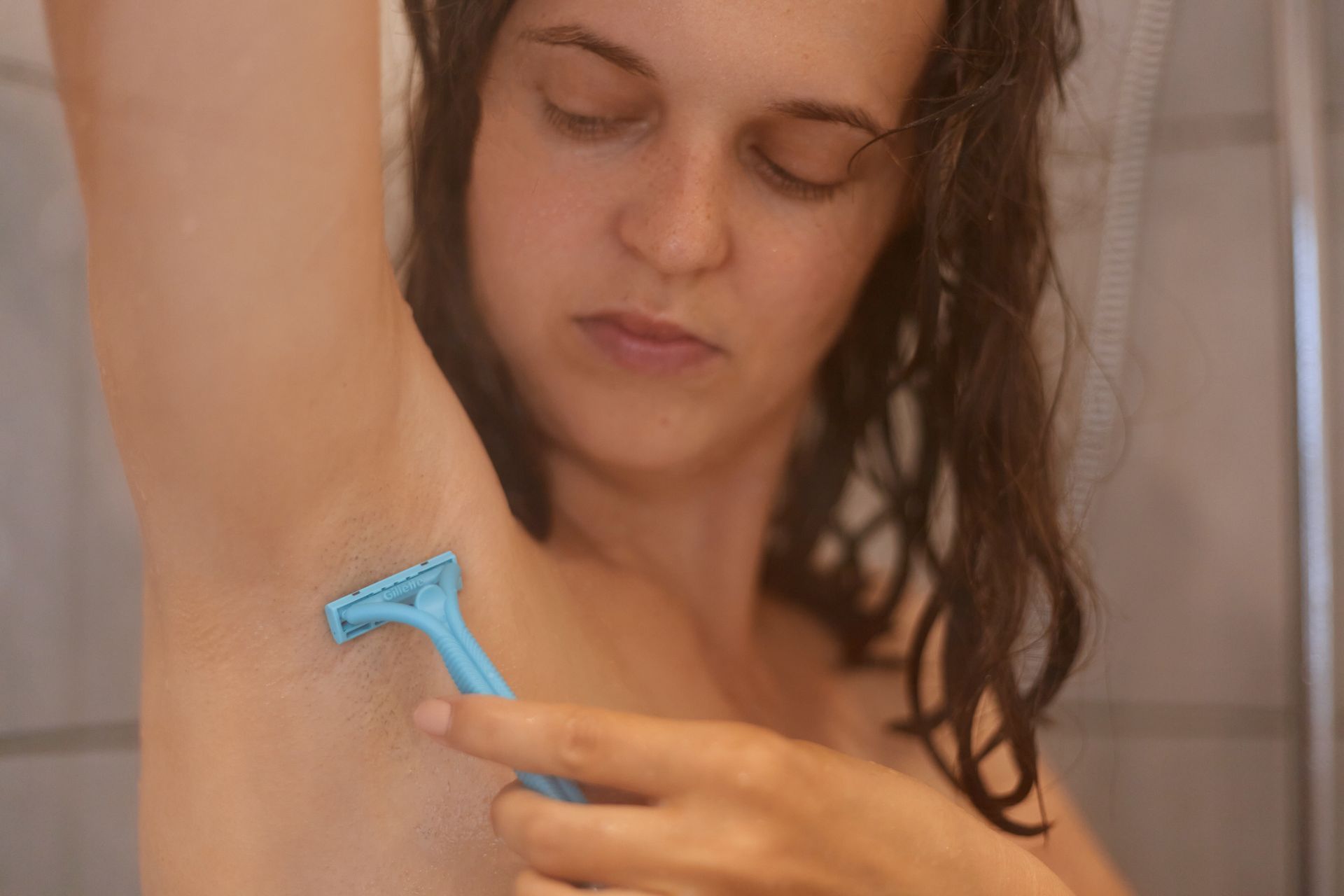Does Bikini Laser Hair Removal Cause Pigmentation or Scarring?
Bikini laser hair removal is one of the most popular cosmetic treatments today, offering a long-term solution to unwanted hair. However, many people worry about possible side effects like pigmentation and scarring, especially in such a sensitive area. Understanding how laser technology works, why pigmentation sometimes occurs, and how to prevent scarring can help you make informed decisions about your treatment.
Can Bikini Laser Hair Removal Lighten Dark Skin in the Area?
How Bikini Laser Hair Removal Works
Laser hair removal targets the melanin (pigment) in the hair follicles using concentrated light beams. These beams heat the follicle and disable its ability to grow new hair without harming the surrounding skin. While modern devices are designed with built-in cooling technologies to minimize discomfort and side effects, pigmentation changes and scarring can still occur under certain circumstances — particularly in delicate areas like the bikini line.
Can Bikini Laser Hair Removal Cause Pigmentation?
Yes, temporary pigmentation changes can occur after bikini laser treatments, but they’re usually mild and short-lived. There are two types of pigmentation changes:
Hyperpigmentation (Darkening of Skin)
This happens when the skin produces excess melanin as a defense mechanism after laser exposure. It’s more common in:
People with medium to dark skin tones
Those who have recently tanned skin
Patients who don’t follow aftercare instructions, like avoiding sun exposure
Why it happens:
When the laser heats the skin, it triggers an inflammatory response. In darker skin types, this inflammation sometimes leads to post-inflammatory hyperpigmentation (PIH).
How to prevent it:
Avoid tanning for at least 2–4 weeks before treatment
Always wear SPF 30+ sunscreen on exposed areas
Follow your technician’s cooling and aftercare instructions carefully
Hypopigmentation (Lightening of Skin)
Although rare, some people experience light patches after treatment. This is more likely when the laser settings are too aggressive for your skin tone or when you undergo too many sessions in a short period.
Does Bikini Laser Hair Removal Cause Scarring?
In most cases, scarring from laser hair removal is extremely rare. Modern medical-grade lasers are designed to target hair follicles without damaging the skin’s surface. However, scarring may happen if:
The skin experiences severe burns due to incorrect laser settings
You pick, scratch, or peel scabs after treatment
The treated area becomes infected due to poor hygiene or improper aftercare
How to prevent scarring:
- Choose a certified, experienced practitioner
- Do a patch test before starting full treatment
- Avoid scratching, exfoliating, or picking at the area
- Use soothing gels like aloe vera to calm the skin
Why the Bikini Area Is More Prone to Pigmentation Issues
The bikini region is highly sensitive and has thinner skin, making it more reactive to laser energy. It’s also prone to friction from clothing and sweating, which can worsen pigmentation after treatment. This is why experts recommend lower initial energy settings and proper aftercare to minimize side effects.
How to Minimize Pigmentation and Scarring Risks
Choose the Right Laser for Your Skin Type
Diode and Alexandrite lasers are commonly used for lighter skin tones
- Nd:YAG lasers are safer and more effective for darker skin types
- Follow Pre-Treatment Guidelines
- Avoid sun exposure and tanning for at least 2 weeks before treatment
- Shave instead of waxing or threading to avoid skin trauma
- Inform your technician if you’ve had recent skin treatments or chemical peels
Follow Pre-Treatment Guidelines
- Avoid sun exposure and tanning for at least 2 weeks before treatment
- Shave instead of waxing or threading to avoid skin trauma
- Inform your technician if you’ve had recent skin treatments or chemical peels
- Inform your technician if you’ve had recent skin treatments or chemical peels
BOOK YOUR FREE SESSION








